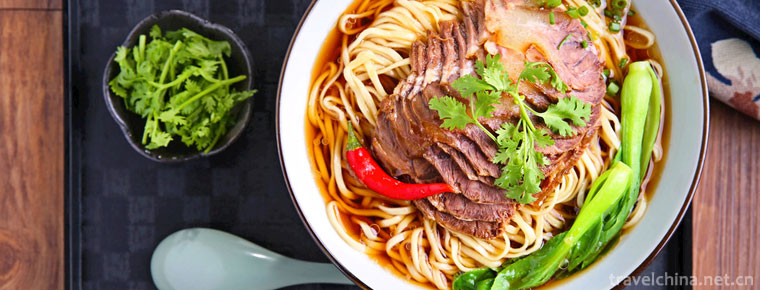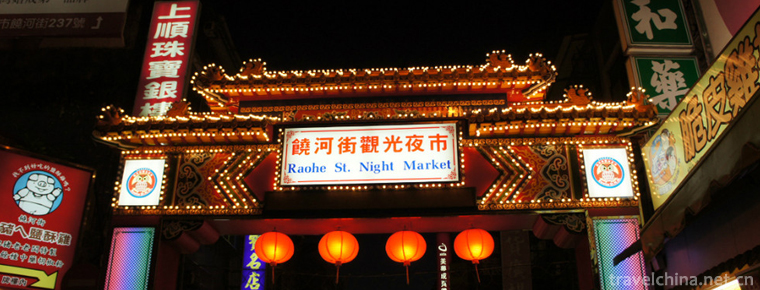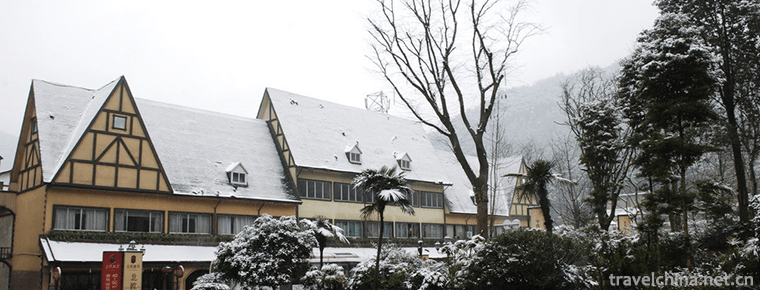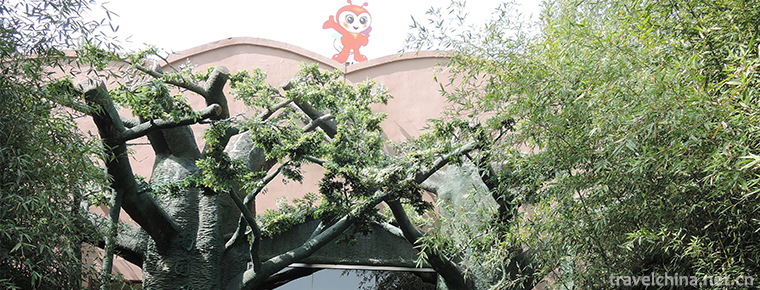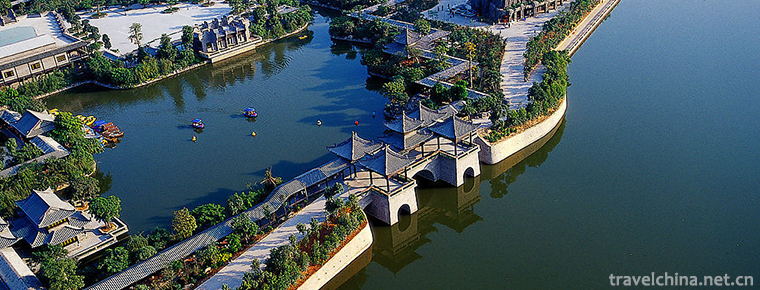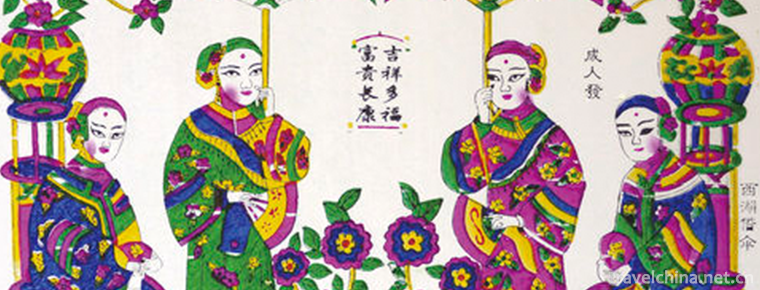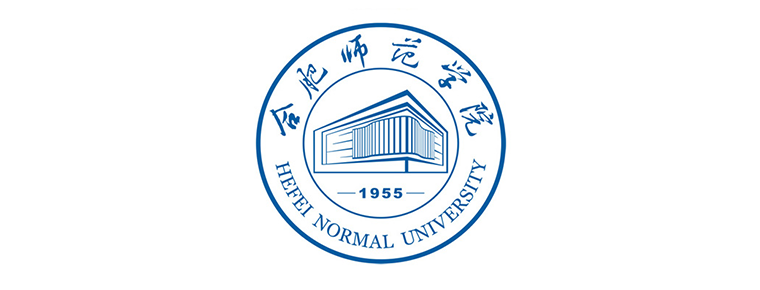Chunqiu Temple
Chunqiu Temple
Chunqiu temple, also known as Chunqiu pool and Chunqiu Pavilion, is located in Yandian street, Xuyong county (Xuyong town), Luzhou City, Sichuan Province. It is mainly dedicated to Guan Sheng emperor. It is said that Guan Yu likes to read the biography of the left family in the spring and Autumn period, so it is named Chunqiu temple. It is also called "Shaanxi guild hall". It was built in 1900 in the 26th year of Guangxu reign of the Qing Dynasty. At that time, the construction area was 4500 square meters, and the preserved building area was 2500 square meters. Sitting south to north, rectangular layout, along the central axis from front to back, there are four enclosed quadrangles, followed by the lelou, hall, main hall, Sanguan hall. On May 25, 2006, as an ancient building of Qing Dynasty, Chunqiu temple was approved by the State Council to be listed in the Sixth Batch of national key cultural relics protection units.
The pattern of Chunqiu Temple
The spring and autumn temple is rectangular in layout, and the entrance gate is composed of four enclosed quadrangles along the central axis.
From the front to the back, they are music tower, hall, main hall and Sanguan hall.
The wings on both sides of Guanglong in front of the music building are connected to the building.
Among the other halls and halls, there are three courtyard groups separated by patio and courtyard dam.
Above the walls, there are glazed tile roofs of different sizes and dragons on the ridge of the roofs, which rise and fall orderly and have distinct levels.
The whole building is famous for its exquisite wood carving art. On the window lattice, lintel, oblique lining, Chuanfang, Huaya, Fangba, and stone foundation, there are historical stories, myths and legends, flowers, birds, insects, fish, dragons and Phoenix animals, and mountain scenery. With the techniques of round carving, relief and hollow carving, the carving is fine, the shape is vivid and the composition is ingenious, Among them, the wood carvings of "hundred bird window" and "eight scenes of Xuyong" are the best.
"Bainiao window" is the eight carved windows installed on the front wall of the main hall. There are hundreds of magpies with different postures, and the design is composed of plum branches and flowers.
"Eight sceneries of Xuyong" are carved on the eight boards of walking buildings on both sides of the stage, with the technique of sketching, eight scenes are carved, including "longevity and morning glow", "night moon of double bridges", "evening photo of iron furnace", "morning bell of fixed water", "snow of red rock", "flying clouds over mountains", "Spring View of Baozhu" and "practice of quicksand" with impromptu poems.
characteristic
The whole building is famous for its exquisite wood carving art.
The wood carvings of "hundred bird window" and "eight scenes of Xuyong" are the best. They are known as the wood carving Museum of South Sichuan.
traffic
1. Xuyong county has convenient transportation, with Xiamen Chengdu expressway, Yixu expressway, 321 national highway and Xuwei highway extending in all directions.
Chongqing, Chengdu, Yibin and Luzhou have direct buses to Xuyong, which can easily reach Xuyong county.
2. There is Lantian airport in Luzhou. You can transfer to Xuyong after going to Luzhou, and then go to the destination by foot or taxi.

Chunqiu Temple
-
Beef noodle
Beef noodle is a common pasta. It is also a traditional food in Lanzhou
Views: 312 Time 2018-10-12 -
Raohe Street Night Market
Raohe Street Night Market is located in Raohe Street
Views: 523 Time 2018-10-12 -
Daocheng County
Daocheng county is located in the southwestern edge of Sichuan Province, south of Ganzi. Located in the southeast of the Qinghai Tibet Plateau, the eastern side of Hengduan Mountains.
Views: 128 Time 2018-10-12 -
Yangma Island Scenic Area
National AAAA-level tourist attractions, Shandong Province "Top Ten Tourist Scenic Spots", 2008 "Tourists'Favorite Charm Scenic Spots". Located 9 kilometers north of Ninghai Town,
Views: 162 Time 2018-12-26 -
Floral water bay hot spring resort
Huashuiwan Hot Spring Resort is located at the foot of Xiling Snow Mountain in Dayi County, Chengdu, Sichuan Province, surrounded by mountains on all sides. National AAAA scenic spot.
Views: 245 Time 2019-01-17 -
Yishui Underground Fluorescent Lake Scenic Area
Yishui underground fluorescent Lake tourist area is now renamed as the fluorescent insect water tunnel tourist area.
Views: 246 Time 2019-03-03 -
Yuehui Garden Scenic Spot
Yuehui Garden is a large private garden located in Dongguan, Guangdong Province. It is the representative of Lingnan Garden. There are 108 garden attractions such as buildings
Views: 175 Time 2019-03-09 -
Old soup essence formula
The formulation of Royal Food Old Tangjing includes the formulation and production technology of Old Tangjing, which is a valuable cultural treasure in the history of condiment development in China. T
Views: 152 Time 2019-05-11 -
Beach Head Wood Engraving New Year Pictures
Tantou woodcut New Year's picture is the only handmade woodcut watermarking New Year's picture in Hunan Province. It has its own style with strong local characteristics in southern Chu. Tantou Town is
Views: 319 Time 2019-06-18 -
Beijing Information Science And Technology University
Beijing Information Science and Technology University (Beijing Information Science and Technology University), located in Beijing City, is a city with a coordinated development of engineering, managem
Views: 178 Time 2019-09-21 -
Hefei Normal University
Hefei teachers college is located in Anhui province. Hefei City It is the first batch of "national special needs professional degree postgraduate" training pilot units, "national traini
Views: 183 Time 2019-11-12 -
Suining tertiary industry
In 2019, Suining achieved a total retail sales of consumer goods of 63.191 billion yuan, an increase of 10.7% over the previous year. In terms of business location, retail sales in urban areas reached 46.171 billion yuan, an increase of 10.7%; in rural areas
Views: 352 Time 2020-12-16
